You might be thinking, “Why do we even need 'organic' fabrics?” Let's look at the big picture, to get a proper look at the problem.
"Textiles are so short-lived and prevalent that we might as well save on shipping and just pump that good old oil directly into the oceans.
You’re probably thinking: "But wait, why does it have to be this way? Weren’t clothes traditionally made from natural materials like natural dye, cotton, hemp, flax?" Yes! You are right. For thousands of years, they were. The proof can be found in our language. Today, 'linen’ refers to any generic textile, like a bed sheet or tablecloth made from any material. The word, however, comes from Greek 'linum' which is the flax plant.
Let’s assume you’re now sufficiently alarmed about the destruction of the environment modern textile production causes. What can you do? You might even have a few certifications like OEKO-TEX and GOTS that can help you distinguish what materials your textiles are made from and how well they have been cleaned. However, when it comes to dyes, it is much more difficult to find textiles that don’t contain conventional toxic dyes. Natural dyes are never used in commercial products!
Even a shirt labeled 'organic' could still have been colored using synthetic dyes and chemicals, as shocking as that might sound.
Well, how bad can it be? At least, these dyes are regulated, must be safe for human use, and can’t cause diseases such as cancer, right?
Wrong.
A few years ago, some countries revealed that there is sufficient evidence that Azo dyes were a cause of cancer and could no longer be ignored, and therefore exposure should be minimized. You might have heard of REACH (Registration, Evaluation, Authorisations, and Restriction of Chemicals), a European regulatory body that sets precautionary measures to restrict human exposure to highly toxic chemicals in consumer goods. You may (not) be surprised to hear that U.S. chemical lobbyists prevented the establishment of a similar body in the United States.
In Europe, the noble goal was implemented, but as it turns out, control was nearly impossible, because nobody really knew what went into making textiles in each stage of the production process. The Swedish government conducted a study, and shockingly, prohibited dyes were found in textiles. It seems like there is no escaping these chemicals. Even if you are careful about your health and the environment, from cradle to deathbed, your skin eventually comes in contact with plastics and toxic chemicals. And this is what the Aizome Team wants to change!

Today, free-range chicken and organic tomatoes are now the norm. We believe we can normalize organic dyes and fabrics as well.
We, together with over 1000 people who bought our first products have proven that this can become a reality. Aizome is composed of ten people with backgrounds in healthcare, traditional Japanese dyeing, dermatology, and textile engineering.
At Aizome, we are passionate about creating value that is inherently priceless to your health, the environment, while being truly organic. When I was in my twenties, I wanted to make the world healthier, so I worked for an amazing company that made software that could conduct brain surgery to treat cancer. But I wondered:
At the time, I had a hobby that I believed was unrelated to my passion: collecting and selling 100 to 300-year-old Japanese indigo-dyed textiles that were beautiful, delicate, and awesome. Who knew this little hobby would inspire the genesis of Aizome? The idea of Aizome was born when a dermatologist friend and I discussed, over a beer during an event at Stanford Medical School, the devastating impact dyes have on the skin. One-third of children in the U.K. suffer from atopic dermatitis, 25% of Americans see a dermatologist and skin problems like psoriasis and eczema are rampant. While textile dyes are obviously strong irritants, in our commercial world, most people would rather be sold medicine than try to reduce their chemical exposure.
Back in Tokyo, standing in front of a beautiful Japanese tapestry and indigo-dyed undergarments that samurai warriors would wear under the armor, I wondered, how were we able to make those in the past? What prevents us from making the same textiles dyed from plants, today? With this thought, Aizome Bedding was born.
We went into a frenzy and called factories and producers in Japan and all over the world and always got the same three answers: Natural dyes suck because they:
I started developing prototypes. In the beginning, I spent hundreds and then thousands of dollars. Before I knew it, I ended up with a living room full of indigo-dyed bed sheets, worth $20,000, much to the chagrin of my girlfriend.
Using a new patent-pending technology that adopts sonic wave dyeing, we were able to perform a small miracle: plant pigment + fabric unified in a sound bath of love = Aizome. The textiles were tested in our lab in Tokyo and the results were astounding: we reached the highest levels of colorfastness by using only plant pigments, surpassing even most chemical dyes.

Our marketing consisted of telling our friends about our project and starting a crowdfunding campaign. After 2 months of crowdfunding, our idea for value and a truly organic textile materialized into a $124K investment.
However, we did not know how to run an online business, how to place ads, and how to set up a delivery system. Slowly, we learned and we are still learning. I feel blessed to have found such a fantastic community of believers, who share our belief in what we do because they care. In many ways, our earliest supporters are part of our founding team.
More amazing and exciting things are on the horizon and I am glad to be on this journey with all of you! This is what Aizome means to me: finding people who share the passion for creating something of value and foolishly try to change the world just a little bit because it's worth it.

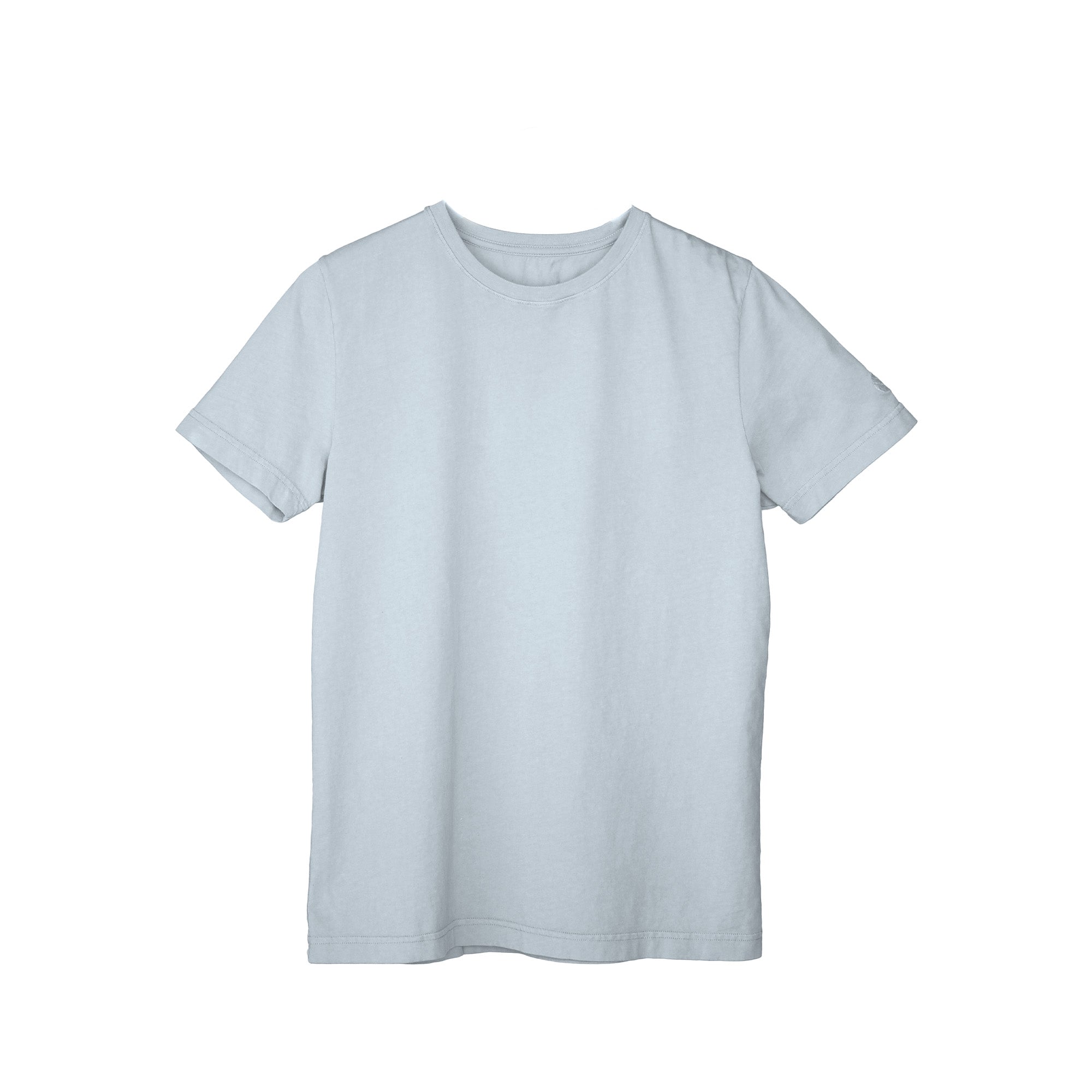

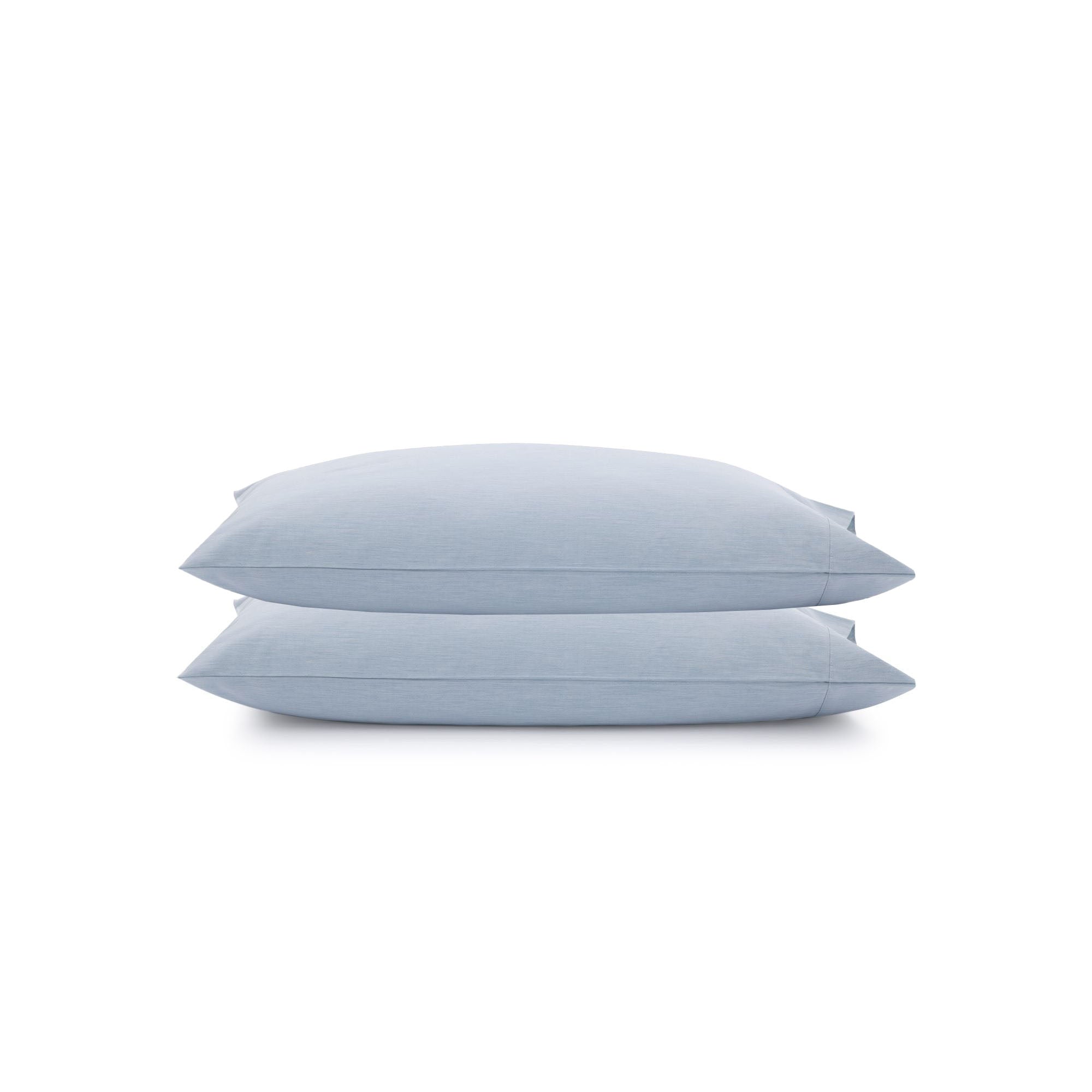

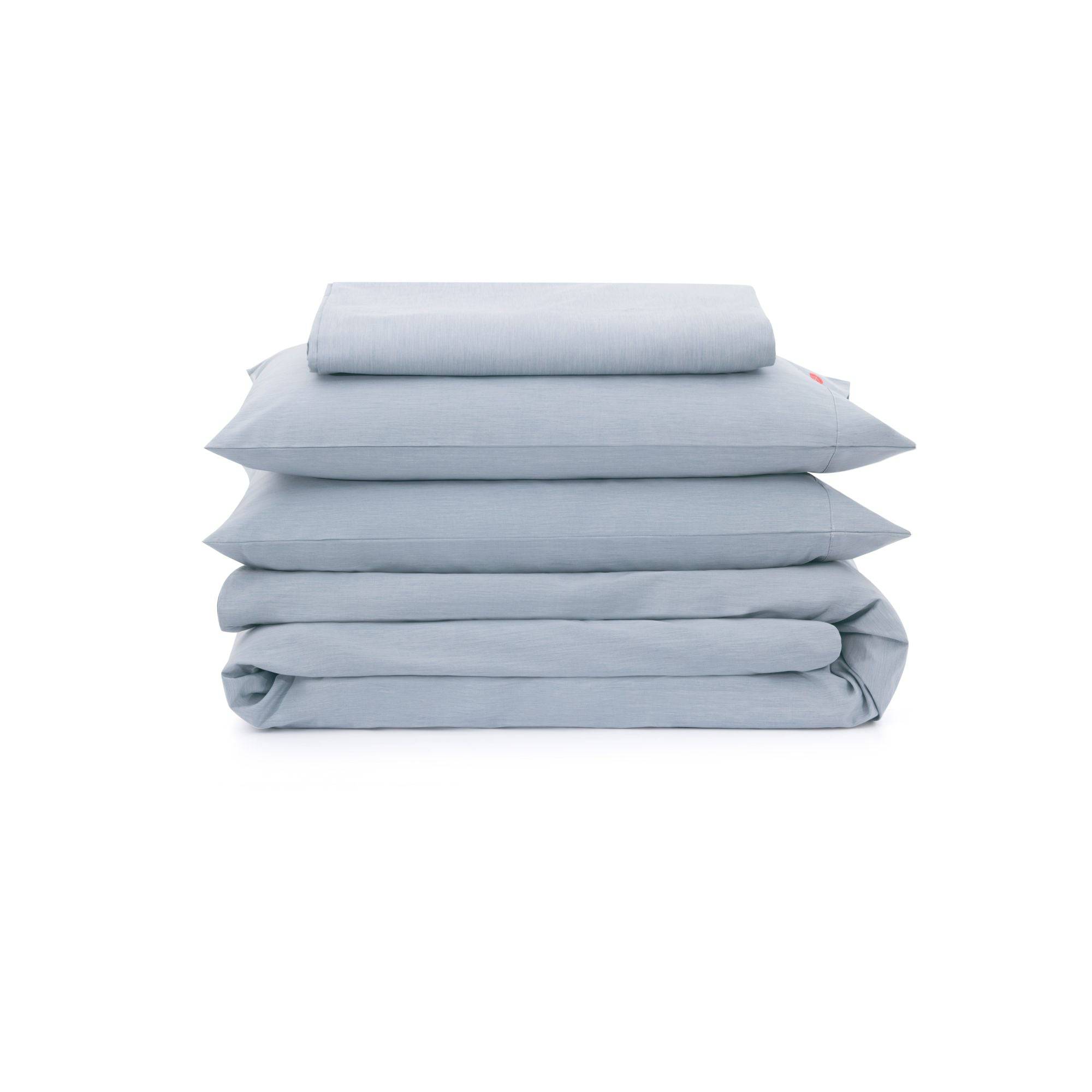

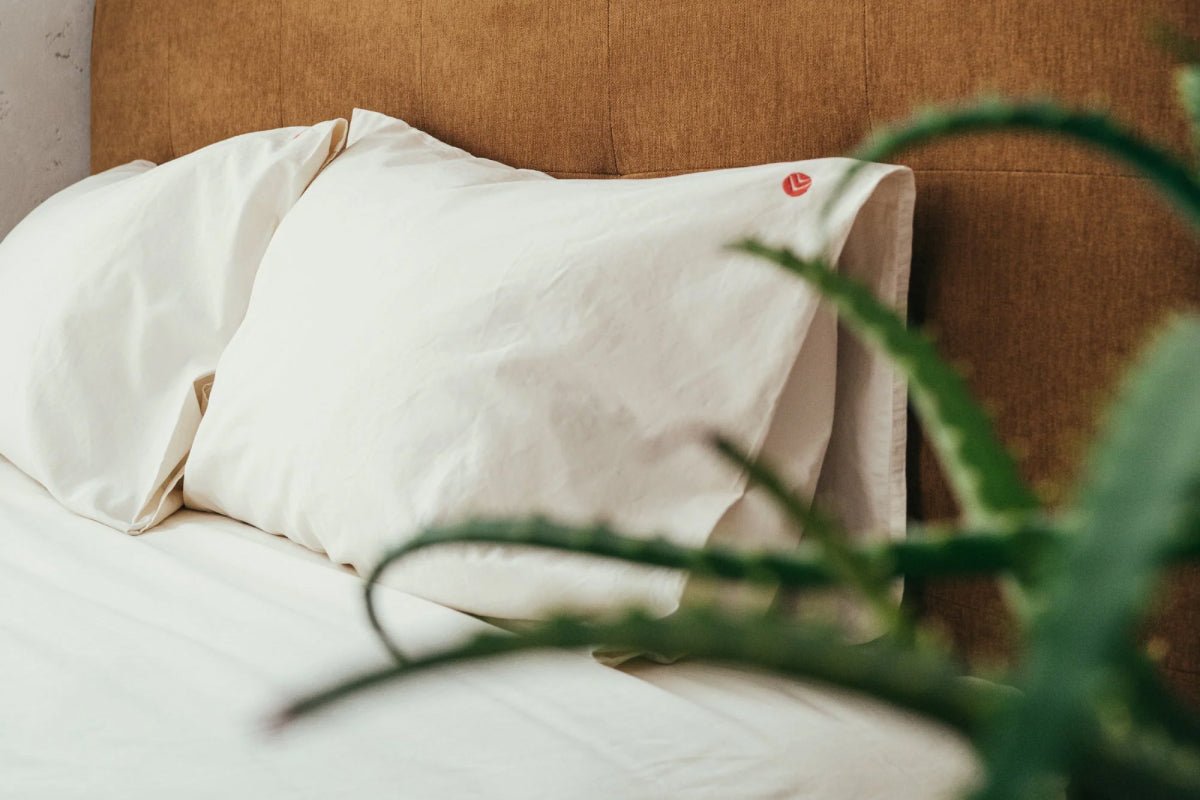 Bedding
Bedding
 Clothing & Accessories
Clothing & Accessories
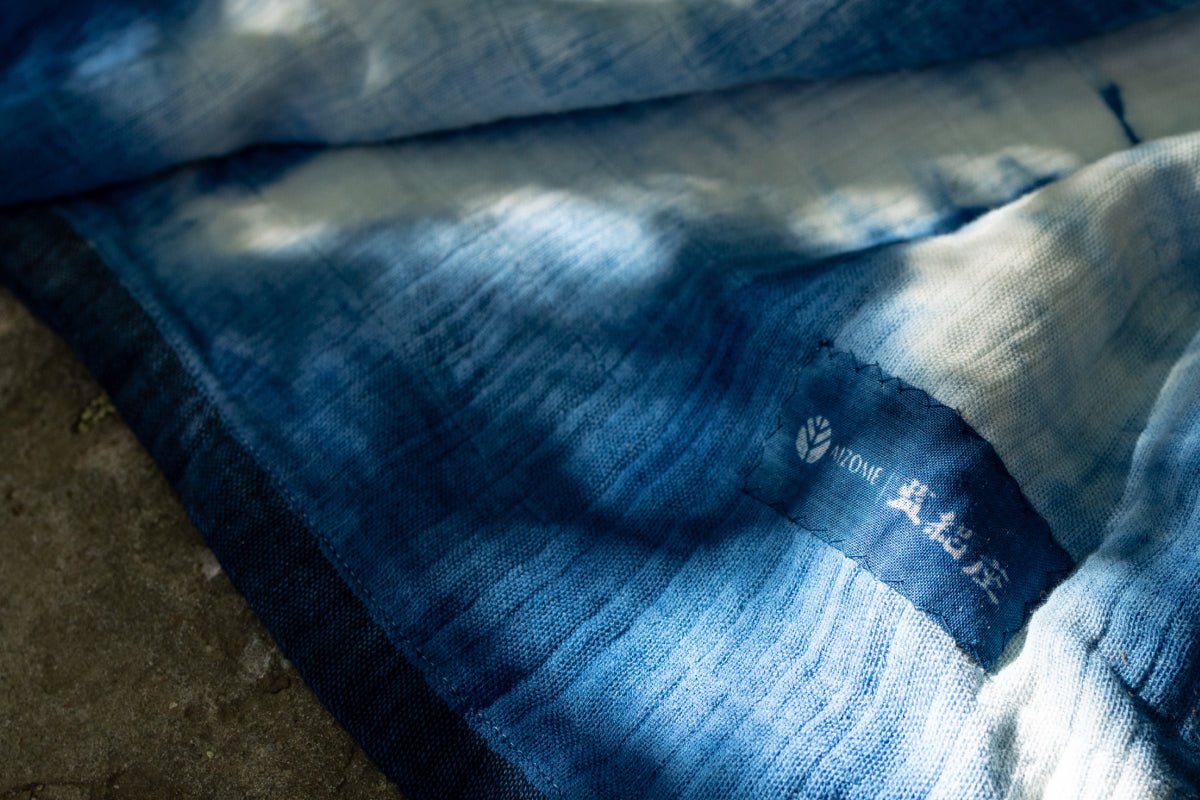 Artisan Line
Artisan Line



Leave a comment
All comments are moderated before being published.
This site is protected by hCaptcha and the hCaptcha Privacy Policy and Terms of Service apply.